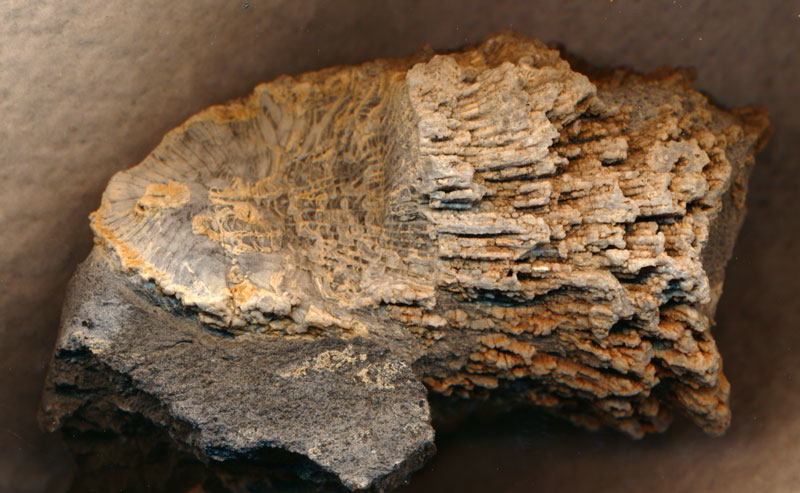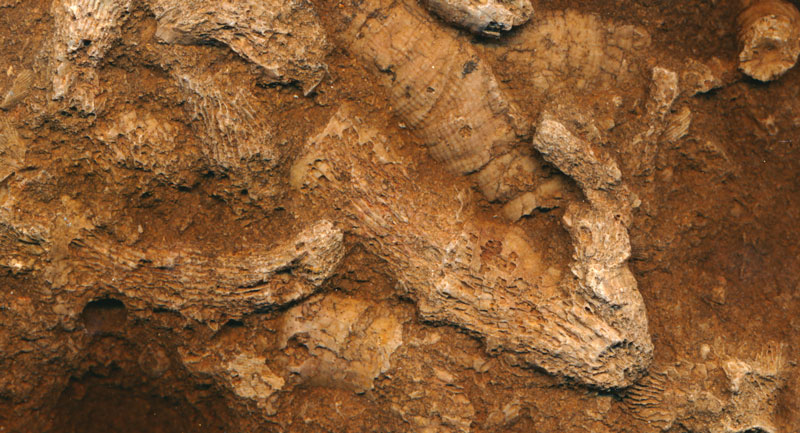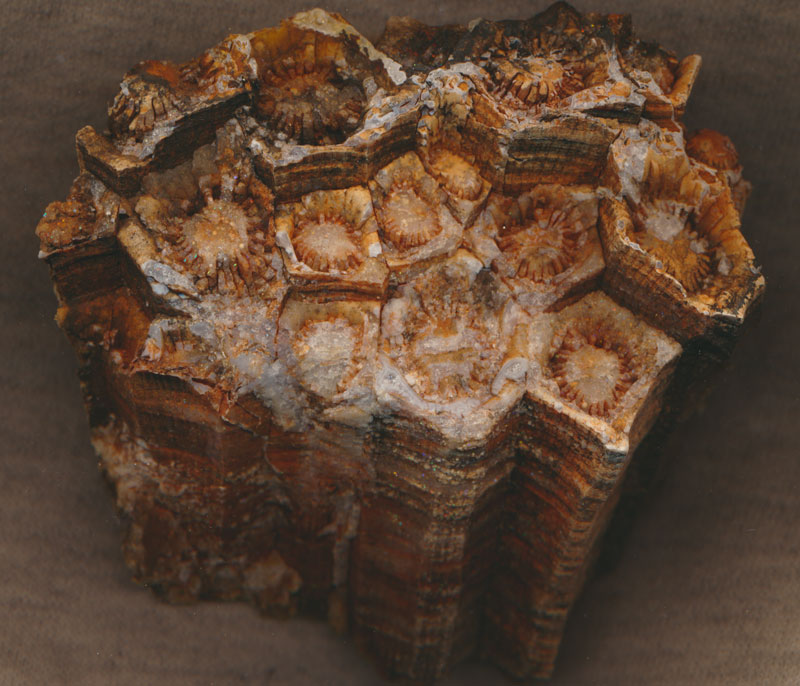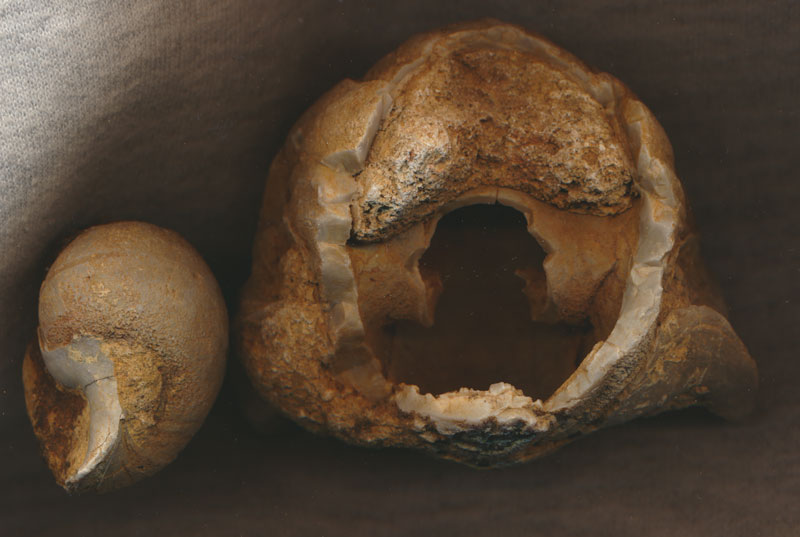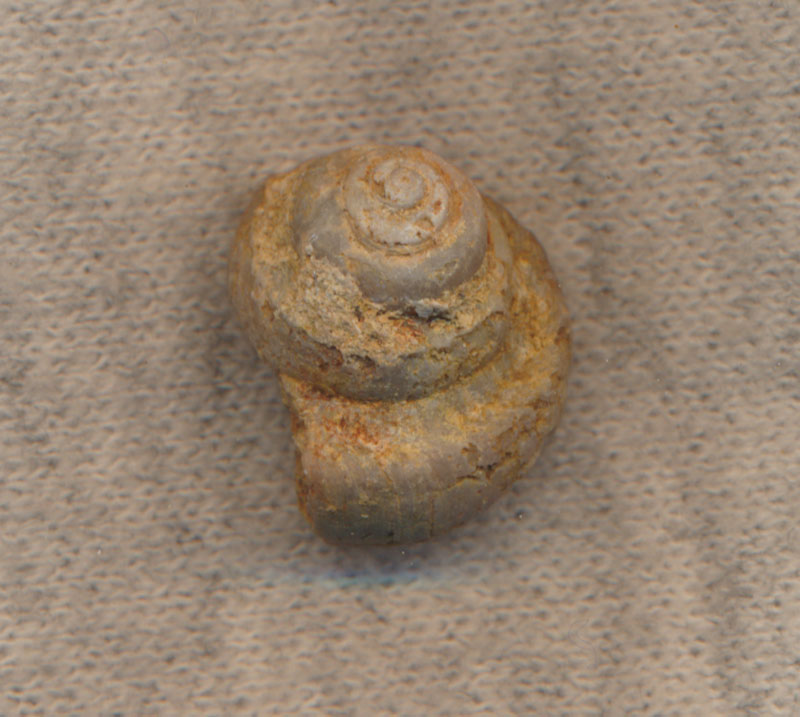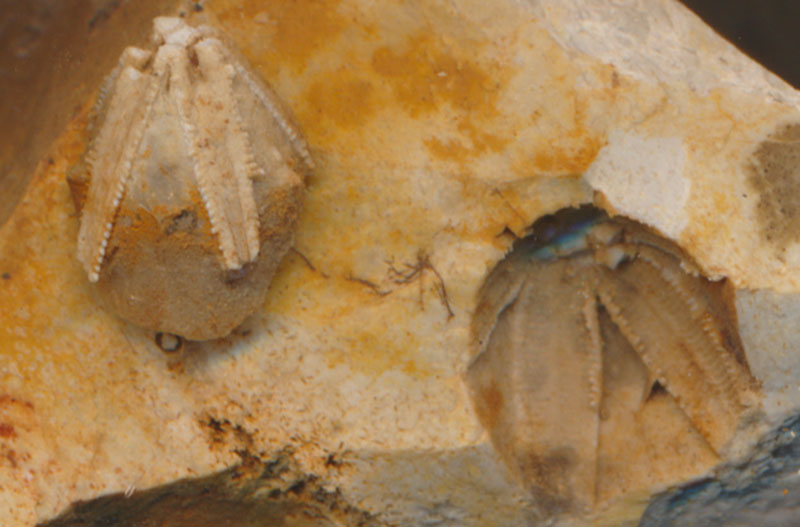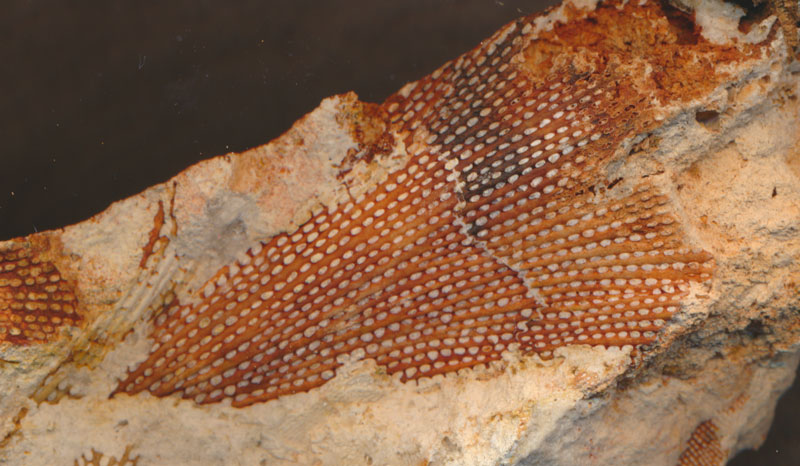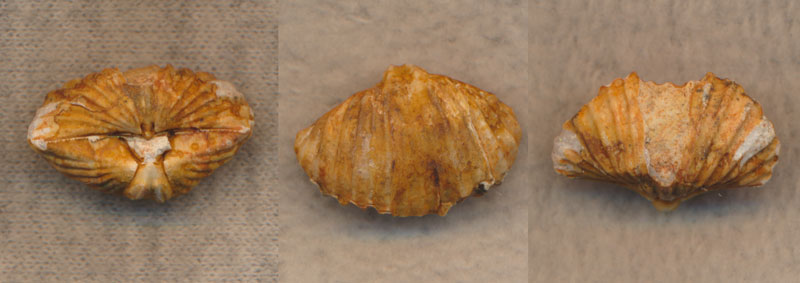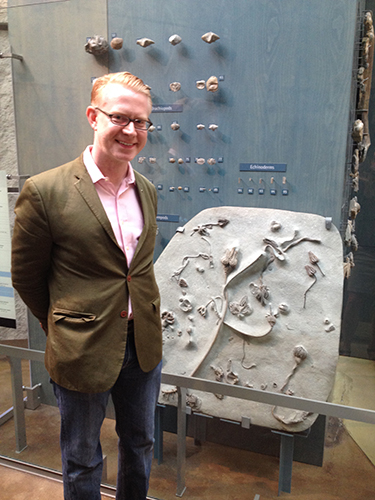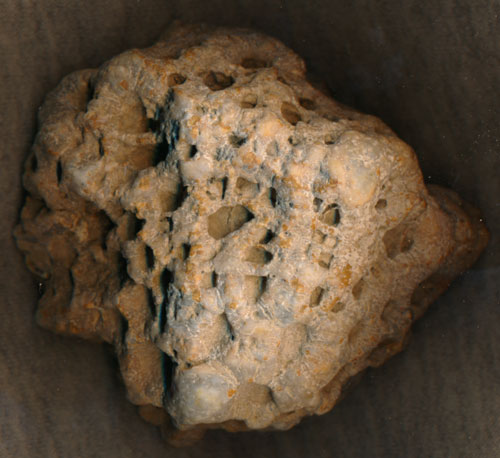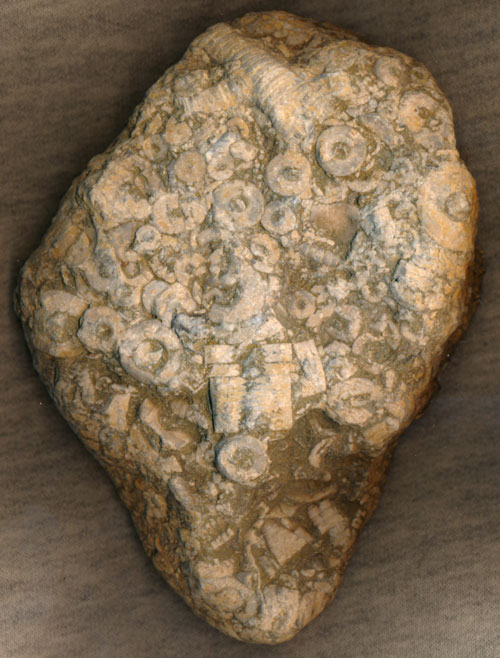Mississippian Fossils
The Mississippian is the lower part of the Carboniferous, the period that produced the coal fields in England, Pennsylvania and West Virginia. Reptiles make their first appeareance with eggs they could lay on dry land. The Carboniferous lasted from 359 to 299 million years ago.


Lakeside Mountains
Lakeside Mountains lie along the southwest shore of the Great Salt Lake in Utah.
Here are two horn coral, one cone-shaped, the second more columnar. In either case, the internal radiating septa are evident.
Horn coral are belong to a group of corals referred to as "rugose." They may be solitary or colonial. There are more rugose coral below from Tennessee.

